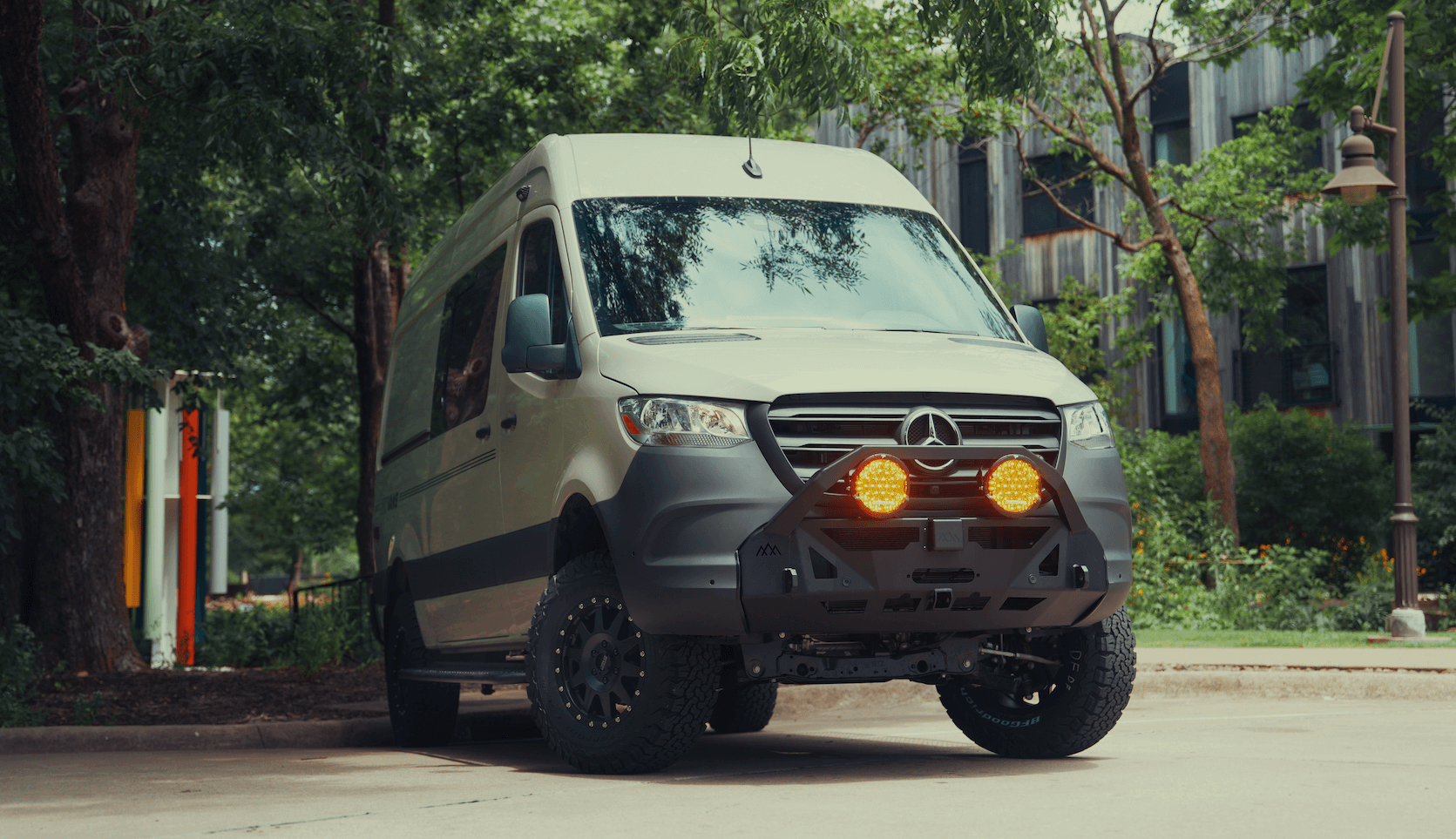Recreational Vans

Heat resistant mats act as a thermal shield that slows heat transfer and blocks sparks, embers, or radiant energy from reaching vulnerable surfaces. Performance depends on both the fiber structure and any coatings that add grip or chemical resistance. Silicone coated fiberglass is common because it tolerates short bursts of high heat and resists oils. Aramid fabrics like Kevlar maintain strength at elevated temperatures. Ceramic fiber and carbon felt handle extreme heat but can be stiffer and may require edge binding to prevent fray in daily use.
Thermal ratings vary widely. Light duty kitchen counter pads often handle about 250 to 500 degrees Fahrenheit, while industrial welding blankets can manage 1000 degrees or more with short exposure. Not all mats are meant for direct flame. Look for data on continuous temperature rating, short term peak exposure, and whether the mat is spark resistant or flame retardant. For vehicle interiors, flammability tests such as FMVSS 302 for horizontal burn and UL 94 for plastic components can indicate safer behavior under stress.
Texture matters. A lightly textured top helps keep cookware steady on a counter, while a ribbed bottom stays put on metal or wood. Thickness improves insulation but can affect storage in tight vans, so balance packability with protection.
Fit is more than width and length. In compact galleys and work bays, plan for edge clearances, burner footprint, and nearby seams or trim. A mat should extend beyond the heat source or spark zone by at least a few inches on every side. For floor coverage near portable stoves or heaters, consider a two layer approach: a grippy base layer and a top layer that faces heat. If you expect hot pan transfers, choose a mat with a smooth, wipeable finish that resists oils.
Ratings are only part of the story. Check whether the product specifies radiant exposure or contact heat. Contact heat, like a cast iron skillet set down after a boil, demands a higher capacity surface. Radiant exposure from a camping stove calls for a material that tolerates intermittent high radiant load without deforming. Also look for low odor and low VOC claims if the mat will live inside a vehicle cabin. In a garage, chemical resistance to solvents and brake fluid is helpful, and beveled edges reduce trip hazards.
Dust and oily residue reduce heat performance because grime can carbonize. Wipe silicone surfaces with mild soap and water, avoid harsh solvents unless specified, and let mats dry fully before storage. Inspect stitch lines, grommets, and corners for wear. Replace a mat that has delaminated surfaces, glass fiber exposure, or hard glazed spots from extreme heat. Store rolled rather than folded to avoid creases that can collect debris.
A mat is heat resistant, not heat proof. Maintain clearances recommended by your stove or tool maker, ventilate the space, and keep combustibles away. In vans, secure floor mats with corner grommets, hook and loop, or adhesive strips rated for the ambient temperature you expect. On counters, a non slip backing keeps the pad stable in transit. For welding or grinding near a vehicle, drape a high temperature blanket with overlap so sparks fall onto protected zones.
Real world examples:
Heat management is part of a bigger safety system that includes ventilation, fire detection, and clear workflows. In a van, plan the cook zone so traffic flows away from hot surfaces, and keep a dedicated landing spot for hot pots. In a garage bay, assign a defined hot work area with spark control and a bin for cooling metal. With the right materials and fit, heat resistant mats reduce risk while keeping surfaces clean and intact.
If you are planning a purpose built rig, it helps to design mat placement alongside counters, flooring, and storage from day one. OZK Customs integrates surface protection into galley layouts, workbenches, and gear bays so your daily routines stay smooth and safe. Explore our Recreational vans to see how we plan real cooking and repair zones. For a ground up project, check out our Custom build vans. If you want a finance friendly starting point, review our Mainstream vans to pick a platform and then tailor the interior for safe heat use.
Strong builds begin with smart materials and good habits. We design around your routines, from camp breakfasts to trackside repairs, so every hot task has a safe landing zone.
Plan a safer galley and work bay with OZK Customs in Fayetteville. Tell us how you cook and wrench, and we will map heat resistant mats, counters, and storage into a single, dialed system that travels well.
At OZK Customs we build recreational adventure vans, overland upfits, and commercial interiors, integrating practical features like heat management, ventilation, and lighting. Start your project on our site and let us tailor a solution that fits your trips.
Ready to outfit your rig with fire safe surfaces and purpose built protection? Talk with OZK Customs about integrating heat management into your next build. From van galleys to gear bays, our team designs and installs solutions that match how you travel. Start with a quick consult and get a plan that is safer, cleaner, and trip ready.
ADDRESS:
6159 E Huntsville Rd, Fayetteville, AR 72701
PHONE:
(479) 326-9200
EMAIL:
info@ozkvans.com